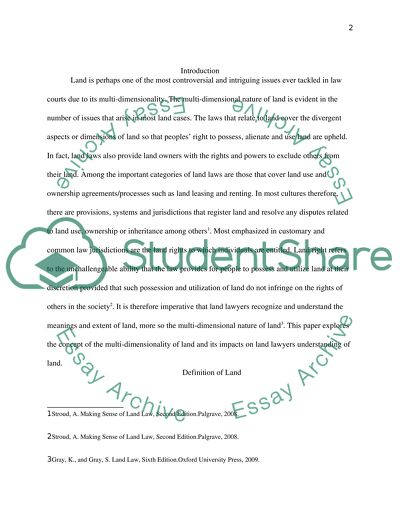Cite this document
(“Land Law Assignment Example | Topics and Well Written Essays - 2500 words - 1”, n.d.)
Retrieved de https://studentshare.org/law/1392691-land-law
Retrieved de https://studentshare.org/law/1392691-land-law
(Land Law Assignment Example | Topics and Well Written Essays - 2500 Words - 1)
https://studentshare.org/law/1392691-land-law.
https://studentshare.org/law/1392691-land-law.
“Land Law Assignment Example | Topics and Well Written Essays - 2500 Words - 1”, n.d. https://studentshare.org/law/1392691-land-law.


